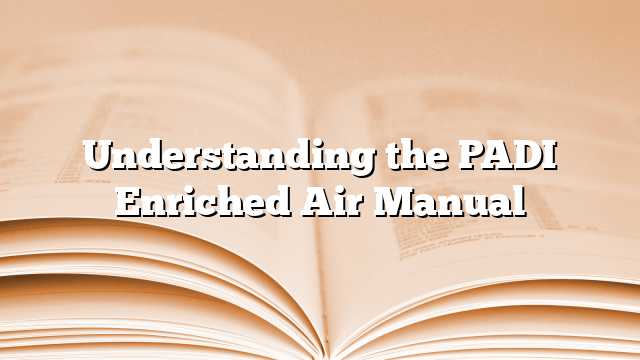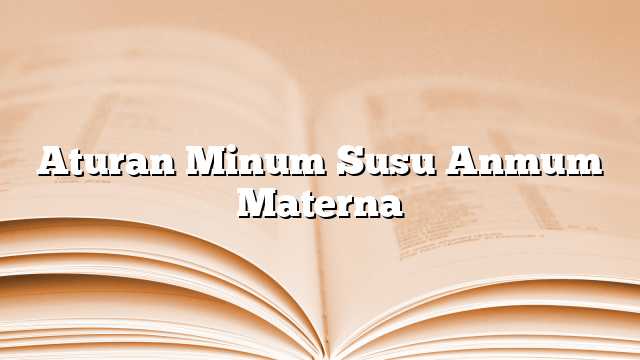Enriched Air (Nitrox) diving is a popular choice among divers who want to extend their bottom time and reduce the risk of decompression sickness. The Professional Association of Diving Instructors (PADI) has developed their own Enriched Air Diver Manual as part of their Enriched Air Diver specialty course. This manual provides divers with the necessary knowledge and skills to safely plan and execute dives using enriched air. In this article, we will delve into the details of the PADI Enriched Air Manual.
Why Enriched Air Diving?
Enriched Air, also known as Nitrox, is a gas blend consisting of a higher percentage of oxygen than what is found in regular air. The increased oxygen content allows divers to stay underwater for longer periods, as it reduces the build-up of nitrogen in the body. Nitrogen is the gas responsible for the risk of decompression sickness, also known as "the bends."
Enriched Air diving offers several benefits, including:
- Extended bottom time: By breathing a higher percentage of oxygen, divers can extend their no-decompression limits, allowing for longer dives within safe limits.
- Reduced surface intervals: As enriched air reduces nitrogen absorption, it shortens the required surface intervals between dives compared to traditional air diving.
- Less fatigue: Since enriched air reduces the amount of nitrogen absorbed, divers may experience less fatigue and feel more energized after the dive.
- Safety advantages: Enriched Air reduces the risk of decompression sickness and enhances overall dive safety when properly managed and planned.
The PADI Enriched Air Diver Manual
The PADI Enriched Air Diver Manual serves as a comprehensive guide for divers looking to learn about the principles and procedures of diving with enriched air. This manual covers topics such as gas laws, oxygen exposure limits, and the planning and execution of enriched air dives.
Topics Covered in the Manual
- Introduction to Enriched Air Diving: This section provides a brief overview of enriched air diving, its benefits, and the risks involved.
- Nitrogen and Oxygen: Here, divers gain an understanding of the properties and effects of nitrogen and oxygen in the body.
- Gas Laws: Divers learn about the gas laws that govern enriched air diving, including Dalton’s Law and Henry’s Law.
- Oxygen Exposure: This section details the maximum oxygen partial pressure limits and exposure times to prevent oxygen toxicity.
- Dive Planning: Explains the methods for planning enriched air dives, including calculating no-decompression limits and determining the best gas mixtures for different depths.
- Dive Safety and Emergency Procedures: Covers the safety measures and emergency procedures specific to enriched air diving, including handling oxygen-rich environments and managing oxygen management failures.
- Enriched Air Diver Equipment: Provides an overview of the equipment considerations and modifications necessary for diving with enriched air.
Practical Application and Certification
The PADI Enriched Air Diver Manual is not just theoretical knowledge; it also provides divers with practical tasks and exercises to reinforce their understanding. This manual often accompanies an Enriched Air Diver specialty course, where divers can practice analyzing gas mixtures, planning enriched air dives, and using specialized equipment.
Upon completion of the course, divers receive a certification card, indicating their qualification as an Enriched Air Diver. This certification allows them to obtain enriched air fills from dive centers and rent enriched air cylinders.
Conclusion
The PADI Enriched Air Diver Manual is a valuable resource for divers interested in extending their bottom time and reducing the risk of decompression sickness through the use of enriched air. By studying this manual and participating in the corresponding specialty course, divers can gain the necessary knowledge and skills to safely enjoy the benefits of enriched air diving. Remember that enriched air diving, like any other form of diving, should always be approached with caution and undertaken by certified divers who have received proper training.




